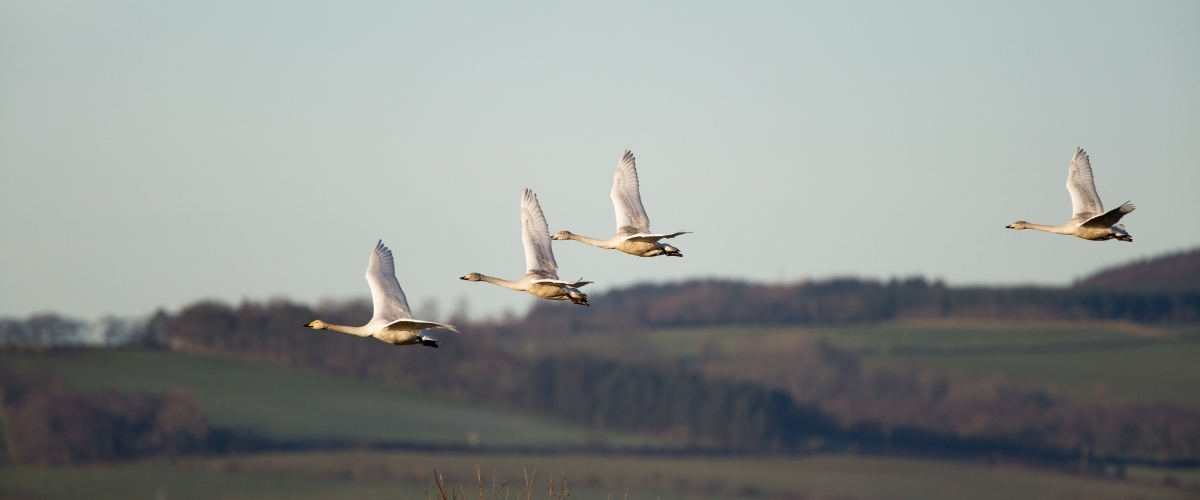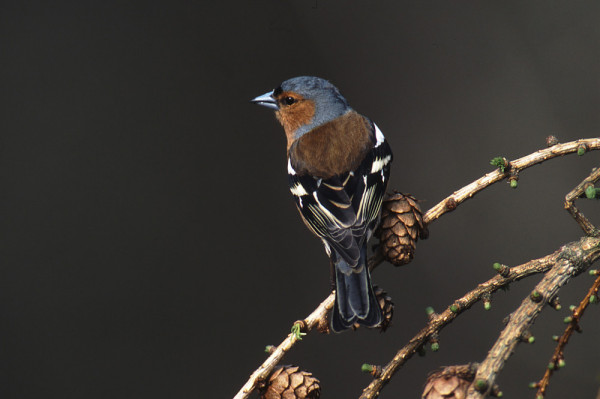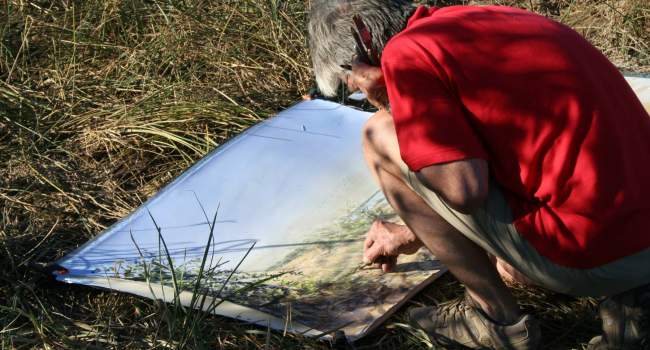
Migration blog (25 September – 1st October)
The last week has seen birds arrive from all corners of the compass, as is to be expected at this time of the year and with the weather patterns changing on an almost daily basis. Highlights saw birds from the south, including Bee-eater and Woodchat Shrike. Several Yellow-browed Warblers arrived from the east, the first Iceland Gull and Little Auk from the north and a Bobolink from the west.
The weather pattern for the week ahead is likely to be just as complex as last week. Over the weekend a high-pressure system between Greenland and Norway will produce northerly winds into the North Sea, and for a short period on Saturday, north-easterlies from southern Scandinavia. Over the weekend and into the early part of next week we should see the multiple arrivals of Whooper Swans, the first Greenland White-fronted Geese and more Redwings as the days progress. At the same time, Meadow Pipit migration should increase. BirdTrack historical data shows they tend to peak in the last week of September or first week of October. Grey Wagtail also peaks at this time.
Mistle Thrushes, Song Thrushes and Blackbirds will all be on the move, with the weekend probably providing the best conditions for them. Wandering Great Spotted Woodpeckers are also on the move right now and can turn up almost anywhere – the Isles of Scilly have been graced by an individual during the last week.
We are now in the middle of autumn migration and as numbers of our summer visitors decline, there will still be plenty of them on the move for the next week or so. Our winter visitors will increase, however, and we are now probably in the most exciting period for scarce and rare migrants. The arrival of these is very much dependent on the weather we experience in the next couple of weeks.
As alluded to above, the weather for the early part of next week should be conducive to the arrival of birds from the east and north. The aforementioned thrushes may well be joined by one or two Red-breasted Flycatchers and Pallid Harriers and maybe something much rarer... We are long overdue another Nutcracker: the last was seen 22 years ago.
The mixed weather with northerlies and north-easterlies during the early part of the week will be good for the movement of some of our common migrants.
Species focus – Chaffinch
The Chaffinch is one of our most widespread birds, but at this time of the autumn it becomes one of our most numerous visible migrant as birds cross the North Sea and move through the UK on their way south and west. Some may stop here for the whole winter, while others will be on their way to southern Europe and North Africa. Whilst Chaffinches can, and do, cross the North Sea directly, it seems that most of the Scandinavian birds migrate through Denmark, northeast Germany, the Netherlands and Belgium and cross the sea at a narrower point before heading north into Britain and their wintering locations. During the winter months, the number of Chaffinches in Britain can double.
The British breeding population estimate for Chaffinch is just over 5 million pairs. However, all is not well and the species has seen a 25% decline in the last decade.
Whilst most British Chaffinches are sedentary, those that come here for the winter months can form into spectacular flocks. If one occurs near you it is well worth a visit. In Britain these are likely to contain more male birds than females, with more females than males wintering in Ireland.

Looking ahead
As the week progresses, the winds become more westerly and look promising towards the end of the week for something from the other side of the Atlantic. At this time of the autumn Red-eyed Vireo is always a firm favourite, but a Northern Parula is not impossible – it’s been 10 years since we last saw one of these on our shores.
The mixed weather with northerlies and north-easterlies during the early part of the week will be good for the movement of some of our common migrants, both in and out of the country. We could all see more finches visiting our gardens or moving overhead, so look out for those Chaffinches. The end of the week will see us move into a westerly airflow and this will probably put the brakes on for most birds on the move. However, as it is now peak migration time some birds will move; thrushes and pipits are strong fliers and can move in all but the worst conditions. But it will be the west that will be the place to keep an eye out. This is where any North American vagrant blown across the North Sea will make landfall, but we might also see grounded migrants such as Skylark waiting for lighter winds, and of course, we are into the period where surprises are perhaps a little less surprising. Is it too early for a Tengmalm's Owl? Preferably somewhere on the mainland!







Share this page